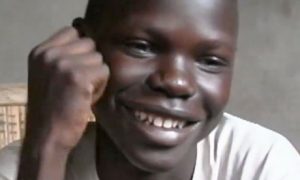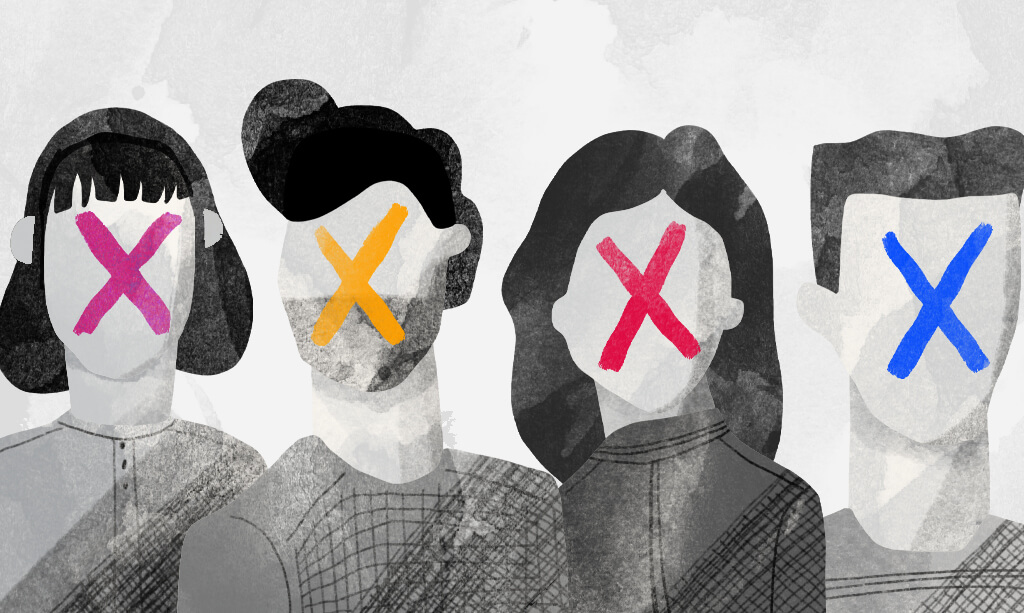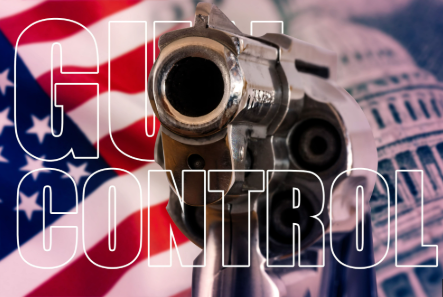
If you have found yourself skimming through Facebook lately or perhaps sifting through tweets on your Twitter homepage, you might have noticed a reoccurring phrase, accompanied with a video link. “#STOPKONY” or “#Uganda” have become trending topics on Twitter, and everyone has seemed to take notice of the phenomenon within 24 hours. The video “Kony 2012” became viral overnight, and for a long overdue cause. The video’s purpose is straightforward; to bring attention to Josef Kony, the leader of the LRA (Lord’s Resistance Army), in order to find his whereabouts and arrest him for crimes against humanity of which he has been committing unnoticed for the past 26 years. The campaign is sponsored by a popular incorporation called Invisible Children. Their aim is to publicize the struggle of Ugandan children forced to become sex slaves and child soldiers and contribute to rebuilding their society. But with every good cause, it seems there must be a counteracting force pulling it down. With the sudden popularity of the “Kony 2012” video, much skepticism and negativity has circulated around the video. People debate whether or not Invisible Children is a scam. Given, there may be some shadiness within the organization. But to be frank, “Kony 2012” is not about where the Invisible Children’s revenue is spent; it is a video whose sole purpose is clearly stated: “to make Josef Kony famous, not to celebrate him, but to raise support for his arrest and set a precedent for international justice.” Viewers are losing sight of that purpose.
Information has surfaced stating the reasons why Invisible Children has gained negative attention. The company refuses to let their financials be audited and sources state that only 31% of their income goes to Uganda. The creators of the Invisible Children campaign supposedly get very wealthy off the charity, and much of the income goes to video making and advocacy purposes. Though it would obviously make sense for more of the money to go to Uganda instead of on video making or yearly salaries, that is not what “Kony 2012” deals with. The purpose of the viral video was achieved, yet the skeptics have immersed themselves in controversy and forgotten what the original initiative was: to make Kony famous. By creating this video, certainly more people are aware of Kony and the LRA, which was its goal. Not one person can argue the fact that Josef Kony is a bad man and must be arrested, so any criticisms of anything the Invisible Children do with their money simply are not relative. The most important thing is that he is bad, and he must be stopped in order to gain justice for his 30,000 victims, and that is what “Kony 2012” works at. They are not demanding your money in order to find Kony. “The Plan” they have created, which is put in plain terms in the video, is to make sure that the “Kony 2012” campaign is not forgotten so that we can maintain the 100 troops that President Obama has sent over to Uganda to help their army search. It seems some have, for some unbeknownst reason, chosen to quickly believe the negativity, rather than support a worthy cause.

Other slanders against the viral video include the fact that, supposedly, Josef Kony is no longer active and is no longer in Uganda. Yet the LRA still exists and is moving into other countries. Viewers complained that the video simply glosses over this fact. But how many times must the point be made? There is a map diagram about midway through the half-hour documentary that clearly shows the motion of the LRA merging into other countries, alongside narrative that states this fact. Whether or not Kony is still active, the Ugandan victims of Kony want justice, and a man like him should be sought out and arrested.
Some viewers complain about the fact that arresting Kony is a miniscule cause compared to the issues Uganda is facing now, perhaps because of rumors that he is no longer active. But imagine a criminal like him in the United States, kidnapping 30,000 children over years and years and transforming them into sex slaves and murderers. It is doubtful that these viewers would still see it as a miniscule cause just because it may not be occurring any longer. One must start small in order to fix bigger problems. If anyone has a problem with the goal of “Kony 2012,” rather than arguing over it, they can find another charity that donates to what they believe is a more important cause. One of Kony’s child sex slaves, now a grown woman, recorded a message to the critics about this very judgement; watch her message here. She has experienced a first hand account of the wrath of Kony, and makes it difficult to argue that “Kony 2012” does not do its purpose. One of the filmmakers and the narrator of “Kony 2012”, Jason Russell, explains in the video how the campaign began. Him and his team went on a trip to Africa, where they met Jacob, a victim of Kony’s acts as well. The documentary shows the teenage boy, whom the video portrayed as nearly unbreakable for a child beforehand, suddenly and uncontrollably crying for the loss of his brother which he had witnessed as a child, one of the most heavy clips of the video. This was the point where, as you can hear in the backround, Russell reassures Jacob that he will do everything he can to help him. “Kony 2012” is a promise kept to Jacob, and the rest of the victims, of which they had been begging for acknowledgment, and frankly, it is insulting that people call it unimportant.

Another skepticism is the crowd supporting the video. There have been accusations that a charity supported by celebrities like Justin Bieber and Taylor Swift is not a reliable charitable organization. But yet again, viewer’s criticisms are irrelevant. They must not have caught the part in the video that states their goal is to advocate, though it is repeated numerous times. Using some of the biggest celebrities to advocate is one of the best tactics. People take notice of what celebrities say, whether they care about it or not. The “Kony 2012” website (www.kony2012.com) features a list of celebrities that are a click away from contacting to urge them to put out the message. Just because these people are mainstream, does not mean their support of the cause is merely a conformity as well.
As far as the extreme focus on Invisible Children’s financials, the organization has put out a statement in reply to the claims. They stated that they have a “three-prong-approach” to their goal. The first goal is to make the people aware of the LRA by creating free documentaries. The second goal is to channel that energy into “large-scale advocacy campaigns,” and the third goal is to work in LRA-affected areas and rehabilitate them. That would make sense why only 31% is spent on actual rehabilitation. Whether or not you find these responses credible, their statements in reply to the skepticism can be found at this link: Invisible Children’s response to the skeptics.
Though there are far more issues viewers have with the short, summarizing documentary, all claims thus far have generally come across as weak, irrelevant arguments. Much of what they have complained of can easily be put to rest. If the skeptics would listen to the documentary instead of criticizing it, they might actually see the cause for what it is.








